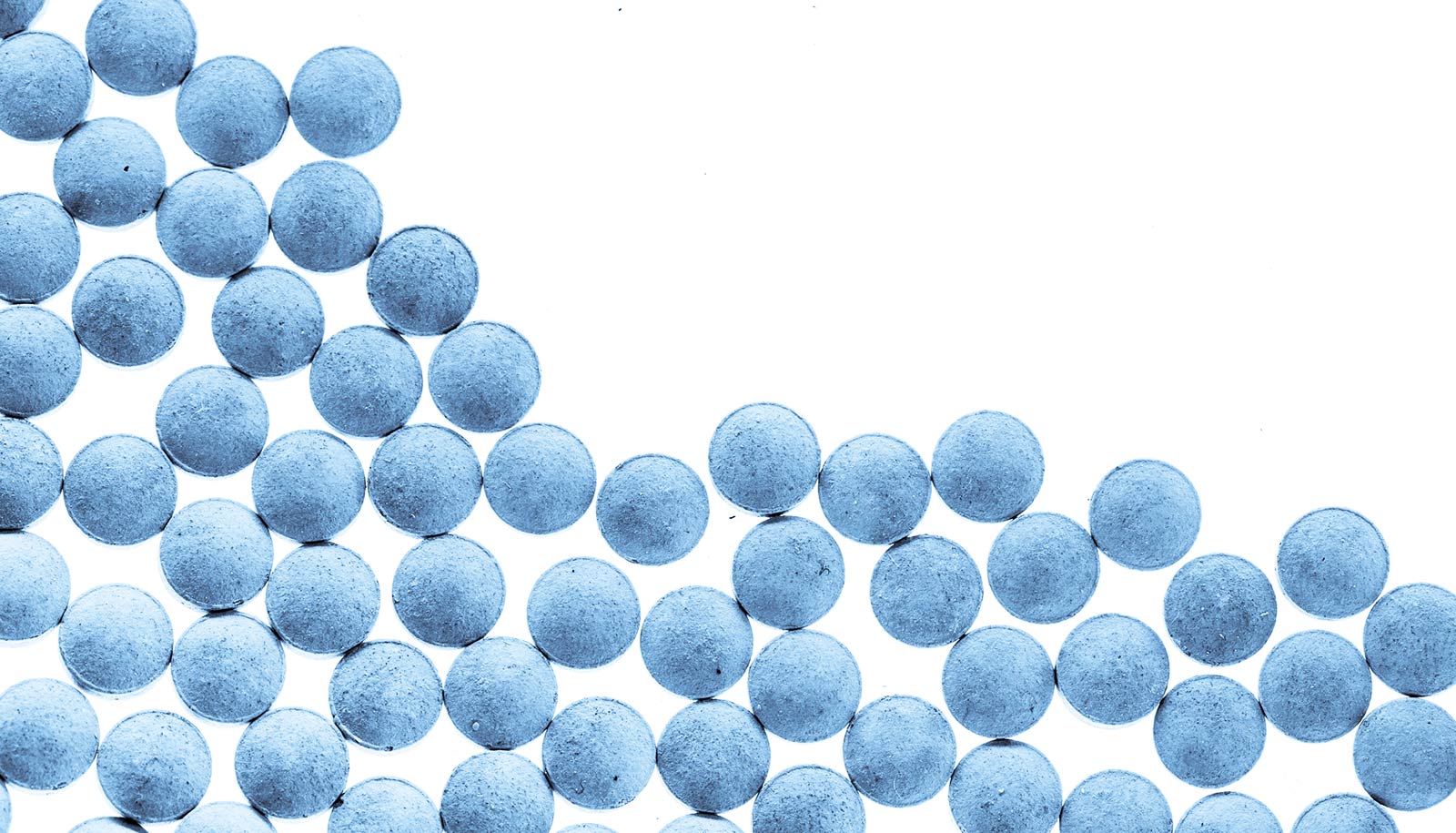Researchers have come up with an effective, minimally invasive way to treat the intractable and growing problem of chronic neuropathic pain.
“Our preclinical research findings suggest an entirely new procedure and novel target in the brain to alleviate chronic pain in humans,” says Tracey Ignatowski, assistant professor in the pathology and anatomical sciences department at the University at Buffalo and corresponding author of the paper in Brain, Behavior, and Immunity.
“The findings are particularly important given the current national opioid epidemic and the imminent need for new methods for treating chronic pain.”
The new, minimally invasive procedure delivers an antibody that targets and then blocks the pro-inflammatory protein called tumor necrosis factor-alpha (TNF), specifically in the brain.
Brain target
Unlike acute pain that occurs in response to a sudden injury, chronic neuropathic pain can develop slowly in response to nerve damage that occurs over time. It’s a growing global problem seen increasingly among patients with diseases, such as diabetes, stroke, traumatic brain injury, multiple sclerosis, and cancer.
The possibility of an effective and safe new treatment method for chronic neuropathic pain would be welcome news, since treatments have so far proven to have side effects, including addiction, and offer limited relief.
“We previously showed that in neuropathic pain, the accumulation of TNF in the brain, specifically the hippocampus, causes the dysregulation of the normal analgesic response,” Ignatowski says. “We propose that enhanced levels of TNF in the brain inhibit the release of norepinephrine.
“Normally, norepinephrine would activate the descending inhibitory pain pathway that projects to the spinal cord, thereby alleviating pain. But when activation of this inhibitory pathway is lost, pain may transition to a chronic state.”
The new method originated with the discovery in 1999 of TNF, a novel therapeutic target, specifically in the brain. Researchers previously demonstrated that peripheral nerve injury—injury to the nerves connecting the spinal cord to the rest of the body—boosts levels of this protein in the hippocampus, a part of the brain responsible for learning and memory. The researchers have recently found that the hippocampus is involved in the experience of chronic pain.
“We previously established that in order for chronic pain to develop, there must be enhanced TNF production in the brain,” says Ignatowski, who is also a faculty member in the neuroscience program in the Jacobs School. “Our current work demonstrates that treatments that selectively block brain-TNF reduce pain in animal models.”
Other kinds of pain, too
The research demonstrates a way to get to the root of chronic neuropathic pain in the brain in a minimally invasive way. “Previously, brain delivery was thought to require either brain surgery or a spinal tap,” Ignatowski says.
“We have shown, for the first time, that effective pain relief in an animal model could be achieved by direct brain delivery accomplished with a simple peripheral (outside of the brain and spinal cord) injection in the neck of an anti-TNF drug. This is the first time that perispinal delivery of a drug has ever been demonstrated to provide rapid, sustained pain relief in an animal model.”
The researchers are now studying how blocking TNF activity in the brain produces analgesia, relief from pain, including determining the receptor and signaling pathways, and which cell types and brain regions are involved.
“Ultimately, we predict that any type of chronic pain that involves altered neuron functioning (neuroplasticity) would be susceptible to this treatment,” Ignatowski says.
The team has initiated studies using additional diverse pain models, such as a persistent pain model, as well as a chemotherapy-induced neuropathic pain model.
“Based upon our preclinical data, perispinal administration, as a novel injection method to non-invasively enhance delivery of large molecules to the brain, has enormous potential to increase our understanding of brain pathophysiology,” says coauthor Robert Spengler, a former faculty member in the pathology and anatomical sciences department.
Source: University at Buffalo



